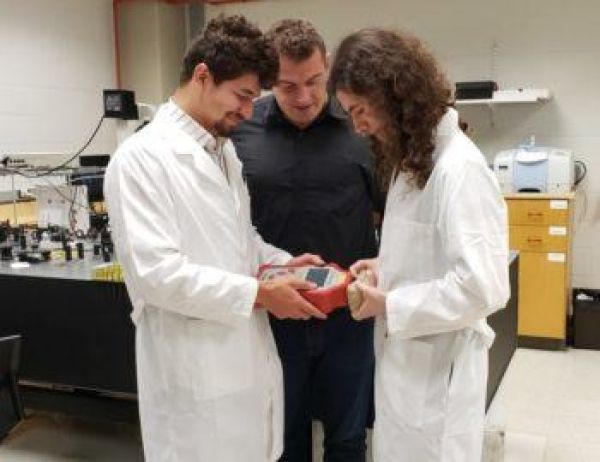The first quick, accurate, nondestructive and portable way to scan produce for nutrients has been demonstrated by a team of Texas A&M AgriLife Research scientists. The same scan can also identify diseases in living plants before visible symptoms appear.
The results were published in September in the chemistry journal ACS Omega, in an article titled “Rapid and non-invasive typing and assessment of nutrient content of maize kernels using a hand-held Raman spectrometer.” The team was led by Dmitry Kurouski, Ph.D., assistant professor of biochemistry and biophysics at the Texas A&M University College of Agriculture and Life Sciences.
“The method could eventually be used to quickly estimate the economic value of grain in a field or grain elevator, or predict grain’s starch content,” Kurouski said. “This could change the economy for farmers and consumers.”
The analysis of corn nutrient content with a portable Raman system “is very impressive and opens the path for field use in various agricultural applications,” said Torsten Frosch, Ph.D., an expert in spectroscopic sensors who was not involved in the study. Frosch leads the spectroscopic sensors group at Leibniz Institute of Photonic Technology, Abbe Center of Photonics, Friedrick Schiller University Jena in Germany.
Continue reading at Texas A&M University
Image via Texas A&M University


